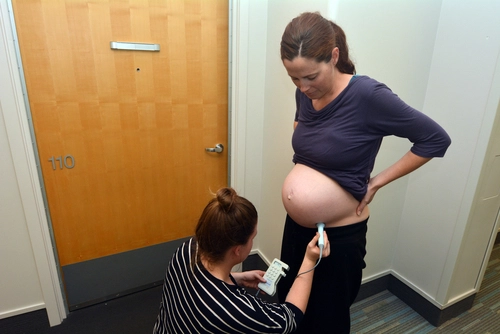Get Ready for New Post Endometrial Ablation Syndrome, Pyuria Diagnoses

When a breast lump overlaps anatomical sites, use these new codes. You’ve got a new list of ICD-10 codes to consider for 2020. Anyone who’s played the diagnosis coding game knows that these codes go into effect on October 1, 2019, so the 2020 tag is a bit misleading. Don’t worry though. We’ve got the scoop for your ob-gyn practice. Check out what you’ll need to know to remain spot-on in your diagnosis coding with the 2020 codes. 1. You’ll Be Able to Report Overlapping Quadrants If your ob-gyn sees a patient with lump in her breast and that lump exists between anatomical sites, you might be confused as to what to report. After October 1, you’ll have these two options: According to the ICD-10 Meeting Minutes, these new codes “align the structure with the current codes for malignant neoplasm of breast (i.e., subcategory C50.8).” 2. Adopt This New Syndrome Option If your ob-gyn performs global endometrial ablations on reproductive-aged women with menstrual disorders (such as, menorrhagia or menometrorrhagia), then you should be aware of this upcoming diagnosis code, says Melanie Witt, RN, MA, an independent coding consultant in Guadalupita, N.M. One in ten women develop post endometrial ablation syndrome, which includes “..cyclic pain and hematometra. This condition occurs most commonly in women who have previously had fallopian tube occlusion performed for sterilization purposes,” according to the ICD-10 Meeting Minutes. You’ll have a new code to reflect this — N99.85 (Post endometrial ablation syndrome). Currently, the only way you to report this condition is to use the signs and symptoms related to it (such as, pelvic pain and hematometra). 3. Prepare for New Pyuria Code Currently, you have R82.8 (Abnormal findings on cytological and histological examination of urine). However, after October 1, you’ll have two expanded options: If a patient has pyuria, then she has white blood cells in the urine. When a lab returns this finding, the patient may have urinary tract infections (UTI). ICD-10-CM currently indexes pyuria to that code (N39.0, Urinary tract infection). However, a patient could have other conditions, such as inflammation, kidney stone, tumor, etc. Or she could have sterile pyuria, meaning a patient has this condition and no cause can be found (no tumor, no true urinary tract infection, and no stone disease). “A practitioner’s office has requested new codes to identify this finding when clinical exploration is being done to determine the underlying diagnosis,” says the ICD-10 Meeting Minutes. 4. Take Note of this New Travel Code Suppose, a patient comes to your ob-gyn office because she’s traveling to a particular country and region, and she’s worried about risk factors such as safe drinking water or disease prevention. Your ob-gyn may counsel the patient on this situation, and you have no real way to report this. Not so, after October 1. You can turn to Z71.84 (Encounter for health counseling related to travel). Benefit: Using this code, your practice will be able to track these encounters. 5. Personal History of In-Situ Neoplasm Gets New Code According to the ICD-10 Meeting Minutes, “there are currently specific codes in ICD-10-CM for personal history of carcinoma in-situ of the breast (Z86.000), cervix uteri (Z86.001), and other site (Z86.008).” However, in some cases, your ob-gyn may see a patient with more than one type of cancer and history of in-situ neoplasms. Addition: In that case, you’ll be able to report Z86.002 (Personal history of in-situ neoplasm of other and unspecified genital organs) after October 1. “This requested detail would enable better specificity and more accurate reporting of these diagnoses, and support assessment of risk for recurrence or potential need for future screening in particular cases,” the ICD-10 Meeting Minutes notes. 6. Check Out New Neurostimulator Presence Code You may be familiar with codes for the presence of cardiac pacemakers and defibrillators, as well as for other cardiac and vascular implants. But you’ll have to get used to a new code for the presence of neurostimulator. Currently, the descriptor for Z45.42 is “Encounter for adjustment and management of neuropacemaker (brain) (peripheral nerve) (spinal cord).” However, after October 1, the descriptor will be “Encounter for adjustment and management of neurostimulator.” The term “neuropacemaker” is an outdated term. You’ll also have the new code Z96.82 (Presence of neurostimulator). “This diagnosis code might be applied when an evaluation and management service is performed in which the generator is interrogated, but not adjusted or managed,” explains Gregory Przybylski, MD, immediate past chairman of neuroscience and director of neurosurgery at the New Jersey Neuroscience Institute, JFK Medical Center in Edison, New Jersey. So suppose your ob-gyn sees a patient who has a neurostimulator in place to treat her overactive bladder. You’d report the presence of this neurostimulator with Z96.82.




